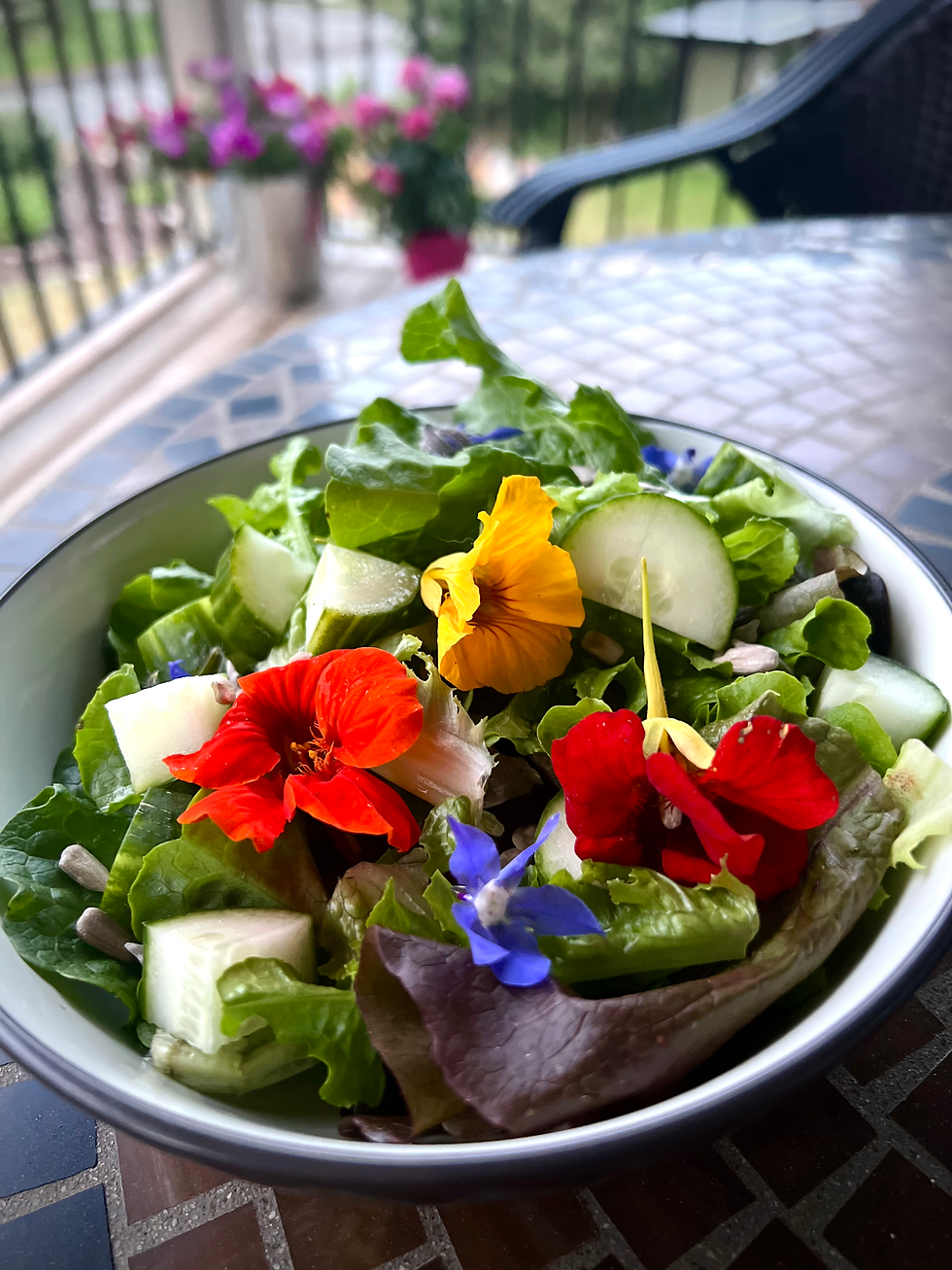How to Identify and Forage Shagging Mane Mushrooms: A Complete Guide
- Stevie Vanhalen

- Nov 1, 2024
- 3 min read
Updated: Dec 13, 2024
Shaggy Manes (Coprinus Comatus) are edible and very delicious. Within steps from our door, we can pick fresh mushrooms and enjoy fresh food. When foraging for fresh mushrooms first make sure you are identifying the mushroom correctly. Do not get it confused with the “Common Inkcap”, a similar, grey color Coprinus (Coprinus atrementaria) which can cause vomiting if you drink alcohol close to the time of mushroom consumption.

However, unlike morels or other mushrooms, the Shaggy Mane’s shelf life is extremely short. They are best picked when young and eaten that same day or the next day. They last only 24 hours from emerging to liquefying. According to mycologist Paul Stamets if you submerge fresh shaggy manes into cold water, the mushrooms will stop deliquescing. When picking wild mushrooms, herbs, or vegetation for consumption make sure you always harvest away from highways, roads, or areas that may be a contamination risk.

What do Shaggy Manes look like?
Shaggy Manes have a cone-like cap with fibrous brownish-tan scales or a layered peeling look. They have a white hollow stalk. They are normally off-white when fresh in their prime, aging quickly to grey and black, often releasing a blackish, ink-like substance. They usually grow up to a height of 2 to 6 inches. We find them in our yard, gravel, or areas with dense hard ground. They never grow on trees.

How to Identify
Shaggy manes have a black spore print.
True shaggy manes will be much taller and more robust than other inky caps.
Shaggy manes grow singularly, but occasionally in tightly packed groups too. Other inky caps often typically grow in dense clusters, like the stinky ones that appear on your boulevard.
True shaggy manes have visible shaggy scales on the cap.
Shaggy manes have a cylindrical cap, not pointed or triangular.
You will never see shaggy mane mushrooms growing directly from wood.
Compared to other inky caps, shaggy manes are shaggy looking: very, very shaggy looking, with their cap looking much more like a wig, (hence the name) with small, up-swept hairs.
Stages of Growth:
Initial Appearance: Shaggy Manes start as slender, white stalks pushing up through the soil.
Expansion: As they develop, their rounded caps gradually unfurl.
Breakdown: The gills and cap begin to dissolve, transforming into a dark, spore-rich liquid.
Spore Release: This inky fluid seeps onto the ground, scattering spores to complete the mushroom’s life cycle.
If you see some growing take advantage of these delicious mushrooms. These mushrooms are very nutritious. They contain minerals like phosphorus, potassium, magnesium, calcium, and sodium, in addition to nutrients like flavonoids. Additionally, the antioxidant properties of Coprinus species may help counteract oxidative stress caused by pollution and show a range of bioactivities (e.g., immunomodulation, antiobesity effect, and anticancer). These mushrooms have been studied and show their capacity to absorb harmful heavy metals from the soil, such as cadmium, mercury, and arsenic, making them promising for environmental cleanup. (See resources cited below for full article and research).
In our household, we typically enjoy them sauteed in olive oil, garlic, and breadcrumbs. Enjoy~
Resources:
Zhang, Peilan, et al. “Cytotoxic Protein from the Mushroom Coprinus Comatus Possesses a Unique Mode for Glycan Binding and Specificity.” Proceedings of the National Academy of Sciences, vol. 114, no. 34, 2017, pp. 8980–8985. National Academy of Sciences, doi:10.1073/pnas.1706897114. Accessed 1 Nov. 2024.
Nowakowski, Patryk, et al. “The Two Faces of Coprinus Comatus—Functional Properties and Potential Hazards.” Phytotherapy Research, vol. 34, no. 11, 2020, pp. 2932–2944. Wiley, doi:10.1002/ptr.6741. Accessed 1 Nov. 2024.
Wiberg, Mike, Out-Grow. "Shaggy Mane Mushroom Guide." Out-Grow, 2023, www.out-grow.com/blogs/growing-mushrooms/shaggy-mane-mushroom-guide. Accessed 1 Nov. 2024.
******
Stevie Van Halen is a Master Herbalist who has an educational background in Nursing and Holistic Health. She enjoys researching data and articles on health, whole food, herbs, and gardening. All articles on this blog are written by her. All information and resources are cited and referenced. Juniper Rose Garden and/or Stevie Van Halen owns this intellectual property and use or copy is prohibited unless with written permission and consent.
All health content on juniperrosegarden.com is provided for general information only, and should not be treated as a substitute for the medical advice of your doctor or any other health care professional. If you have any concerns about your general health, you should contact your local healthcare provider.



Comments